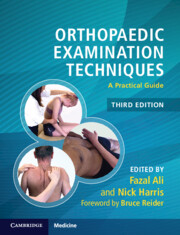Objectives: The present study evaluated the cost-effectiveness of a behavioral graded exercise therapy (GET) program compared with usual care (UC) in terms of the performance of daily activities by patients with chronic shoulder complaints in primary care.
Methods: A total of 176 patients were randomly assigned either to GET (n=87) or to UC (n=89). Clinical outcomes (main complaints, shoulder disability [SDQ] and generic health-related quality of life [EQ-5D], and costs [intervention costs, direct health care costs, direct non–health-related costs, and indirect costs]) were assessed during the 12-week treatment period and at 52 weeks of follow-up.
Results: Results showed that GET was more effective than UC in restoring daily activities as assessed by the main complaints instrument after the 12-week treatment period (p=.049; mean difference, 7.5; confidence interval [CI], 0.0–15.0). These effects lasted for at least 52 weeks (p=.025; mean difference 9.2; CI, 1.2–17.3). No statistically significant differences were found on the SDQ or EQ5D. GET significantly reduced direct health care costs (p=.000) and direct non–health care costs (p=.029). Nevertheless, total costs during the 1-year follow-up period were significantly higher (p=.001; GET=€530 versus UC=€377) due to the higher costs of the intervention. Incremental cost-effectiveness ratios for the main complaints (0–100), SDQ (0–100), and EQ-5D (−1.0–1.0) were €17, €74, and €5,278 per unit of improvement, respectively.
Conclusions: GET proved to be more effective in the short- and long-term and reduces direct health care costs and direct non–health care costs but is associated with higher costs of the intervention itself.
